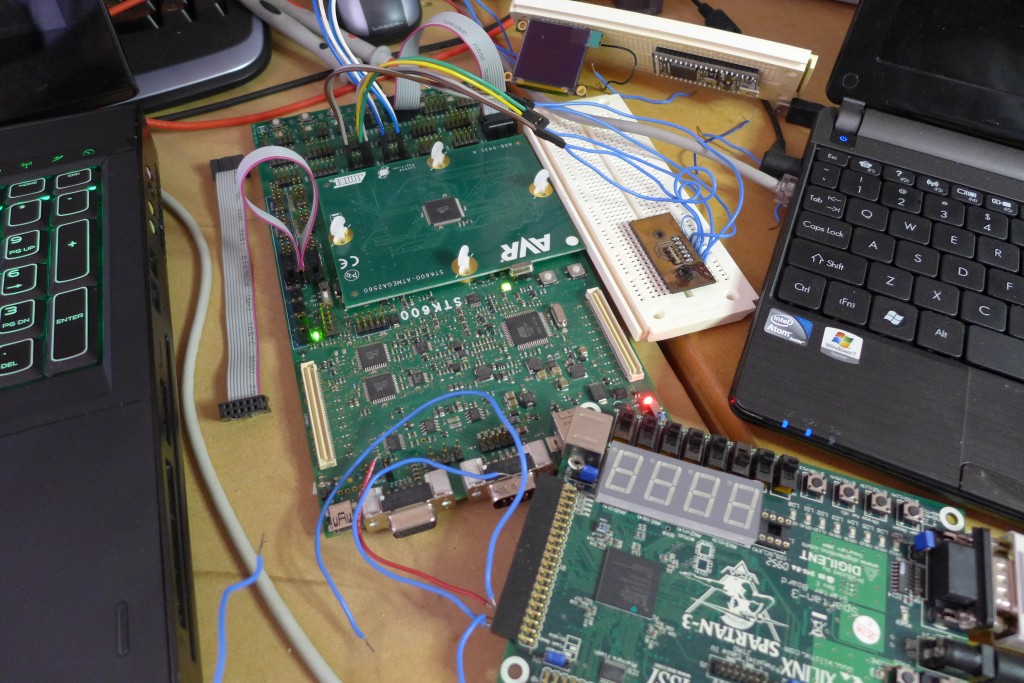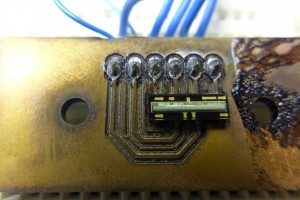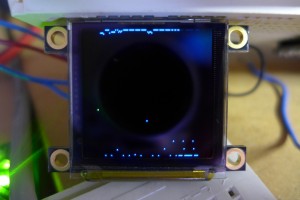Cameras
PAR / Spectrum analyzer
I’ve been working on an off for a while on a project to measure photosynthetically active radiation (PAR) as well as analyze electromagnetic spectrum with the same sensor, at the same time. The spectrum in question is approximately 350-750nm. I mainly envisioned this tool for use with marine aquariums, and if things were going better I probably would have built a prototype.
The sensor is a TAOS TSL3301CL. It is a 102-pixel photodiode array with a serial interface. The sensor contains analog stages for gain and offset as well as ADCs that sample the values and read the results to the serial port. It’s a nice device, but I haven’t been able to get what I want out of it. The response for me has been very non-linear. It’s also a very tiny leadless package so it’s not easy to work with.
My plan was to enclose the sensor in a housing with a series of lenses designed to introduce chromatic aberration or a prism to refract the captured ambient light, and then direct the spectral components of the light towards the sensor. The sensor’s response to wavelength is non-linear, but that can be corrected with a function in software for each pixel.
I had a uOLED 128×128 pixel display that I used to display the intensity of light for each pixel. This worked well, and I would have used an averaging function to estimate PAR from that data.
However, I haven’t been able to get the sensor to respond in what I consider a linear fashion. It is mostly on or off. Moving the light source back and forth from the sensor doesn’t result in any gradient that could be considered measurable. I’ve tried various gain and offset levels, as well as long and short integration times but with no success.
I originally tested it with an mbed, but I had trouble with the sensor’s synchronous clock. So I ported the code to the mega2560 on my STK600. About that time the display started to die and I don’t have another graphic display at the moment without messing around with an Epson S1D1335 and another graphics library… As such I’m stashing this project for now. If anyone has worked with these sensors before and knows what I’m doing wrong, I’d like to hear from you.
Canon DSLR shutter release from any switch contact
I’ve long wanted a TC-80N3 remote release for my EOS1D for the long exposure and intervalometer capability. Unfortunately a real Canon one is at least $150, and just out of principle I’m not paying that. A couple months ago I decided to just try one of the identical but rebranded ones off of eBay for $20. Ships from Hong Kong, Shenzen, etc. so it takes a while to get here, but it works, so I’m happy. I can never leave well enough alone though, so I took it apart and added a jack so I can hook anything with a switch contact to my camera and let it take a picture.
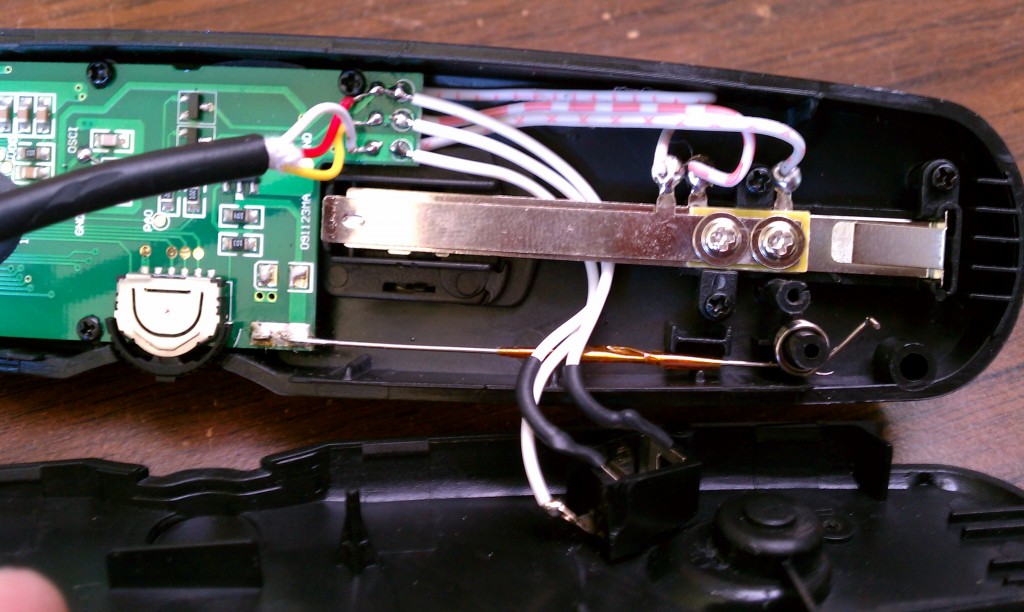
It’s pretty straightforward, there’s three metal contacts. The lowest one is ground, the next one is prefocus, and the last one is the shutter release. The signals are active low. I wired the three to a headphone jack on the bottom of the remote. To test it out I bought a ten dollar motion sensing security light and took out the motion sensor, then wired the output of the sensor to a 120VAC relay. The relay contacts trigger the shutter whenever the motion sensor sees anything.
You can use anything with a switch contact to trigger the camera, just remember that it’s not protected. If you mess up, you can easily fry your camera. Look for “dry” contacts if you are unsure. Canon DSLRs might allow for transistor pull-downs, but I haven’t tried that. It’s easier to just create an isolated contact through a relay for the safety of your camera.
Canon A70 CCD replacement
I just bought a Canon A70 from eBay for about $20. This camera is pretty dated but it has a surprising set of features for a point and shoot camera. It also runs on AA batteries and not some stupid battery pack that will fail about a year after you buy it. The CCD wasn’t working when I got it though. Since I also picked up one of Canon’s awesome underwater housings for this camera (WP-DC700) I’m into the whole package for about $45. Really though it’s the underwater housing’s coolness that motivated me to fix the camera. Since a bad CCD is a common A70 problem I decided to fix it and found a refurbished CCD on eBay for eight bucks. I made a video of the replacement and embedded it at the end of this post.
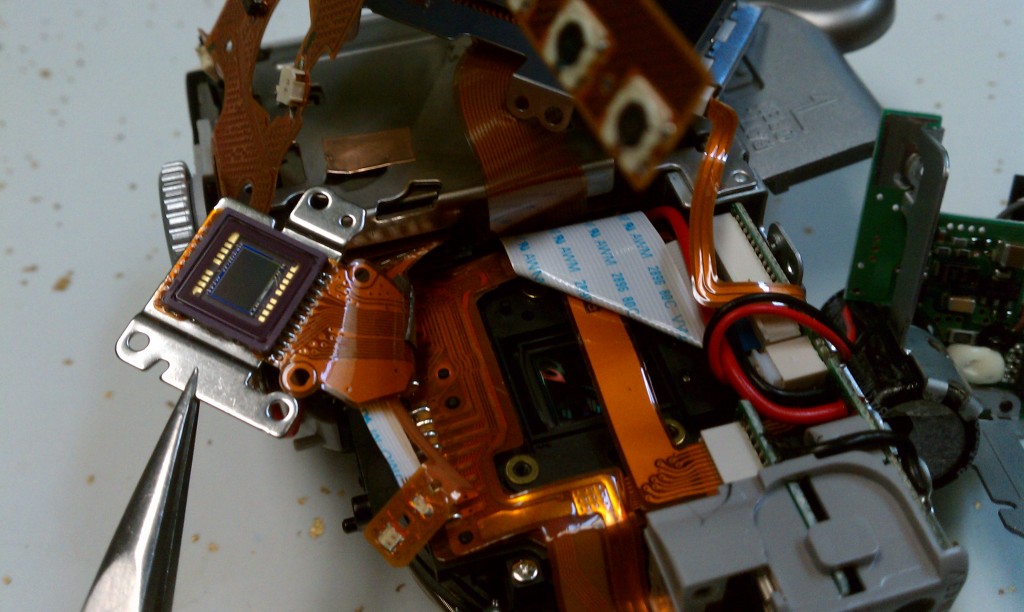
It turns out that the CCD wasn’t what was wrong with my camera though. Canon repaired a slew of these cameras saying that some of the CCDs they sourced were faulty. On my camera the problem was the connector on the mainboard for the CCD, not the CCD itself. The latch that locks in the CCD’s flexible circuit board was incredibly frail. › Continue reading
Modifying a digital camera for infrared (IR) photography
I modified an older Nikon digital camera that was destined for the trash can to take pictures in infrared. The effect is pretty cool, as the sky shows up really dark, clouds really bright, trees turn out white and alot of colors such as shirt patterns just disappear. It’s rather ethereal, and fun to experiment.
The CCD of a digital camera is usually protected by a piece of glass that is coated to reject IR, because the sensitivity of the CCD is high enough to infrared that it would make your everyday pictures look a little funny. Simply removing this piece of glass isn’t enough though, as by removing the filter, the effective distance between the CCD and lens group changes. This will mess up your focus. So you have to either buy a custom-made piece of replacement glass, or find a way to move the CCD closer to the lens group. Actually, on my camera I found a way to move the lens closer to the CCD and still retain autofocus and zoom capability. There are quite a few different cameras that can be modified to do this, and a quick google search will get you started if you don’t already have one in mind.
The only other piece of the puzzle is an IR-pass filter. This is because you still have to block out the visible light to get pictures in just infrared. IR-pass filters will look totally black. You can get filters which are sensitive to different wavelengths of IR, but those can be a little expensive. The cheap method that I found was to use a piece of exposed film. If you have an old film leader that’s been exposed and developed, it will be transparent to IR and mostly block visible light. It’s not perfect, but it sure is cheap and gets you started.
Here’s a few shots in infrared. They’re a bit fuzzy around the edges because my film filter doesn’t lay completely flat against the lens. Need to work on that someday.
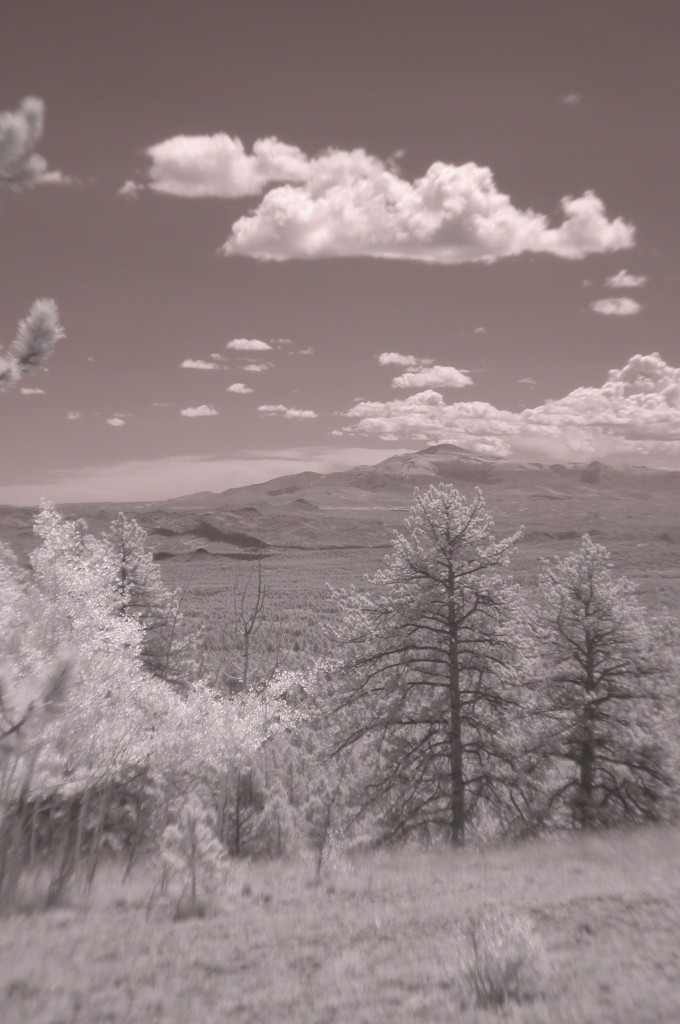
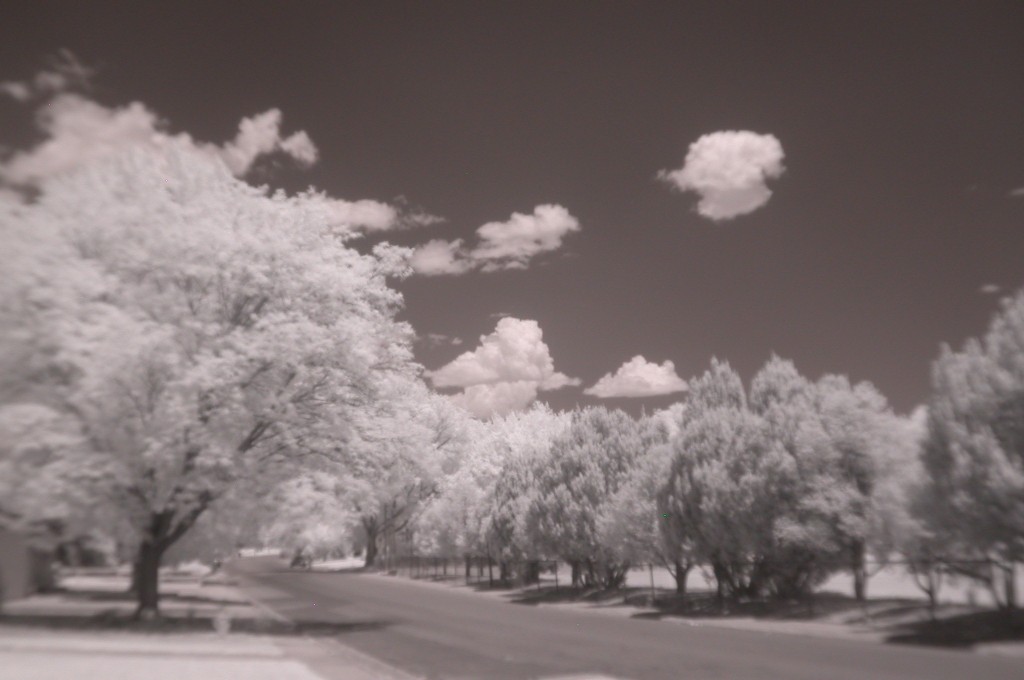
In this shot the shirt draped across the back of my truck is actually red and black.
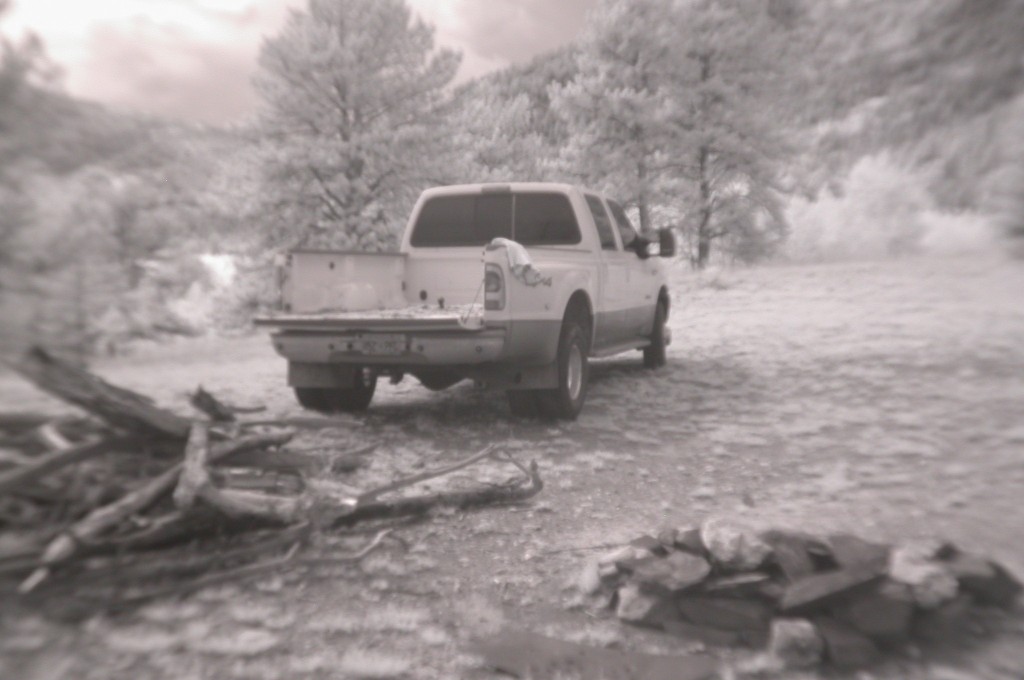
Horizont: a true panoramic camera
 I have an old Russian panoramic camera that my grandfather gave me called the Horizont. It takes real panoramic pictures, not the cropped variety that drops the little shades in front of the top and bottom edges of the film. It actually scans through something like 120 degrees. The lens rotates on an axis, and the film is wound around the backside of the rotating lens assembly where there is a variable size opening which acts as a shutter. The pictures produced on the film are almost twice as wide as a normal exposure.
I have an old Russian panoramic camera that my grandfather gave me called the Horizont. It takes real panoramic pictures, not the cropped variety that drops the little shades in front of the top and bottom edges of the film. It actually scans through something like 120 degrees. The lens rotates on an axis, and the film is wound around the backside of the rotating lens assembly where there is a variable size opening which acts as a shutter. The pictures produced on the film are almost twice as wide as a normal exposure.
I’ve taken quite a few pictures with this camera, but it has a pesky light leak and finding someone that can actually develop and print this film makes shooting with this camera a little tough. Plus it’s heavy. I’ve since moved on to digital stitching software and a special tripod mount for my camera that gives me alot more flexibility. Here are a few of my Horizont adventures though.
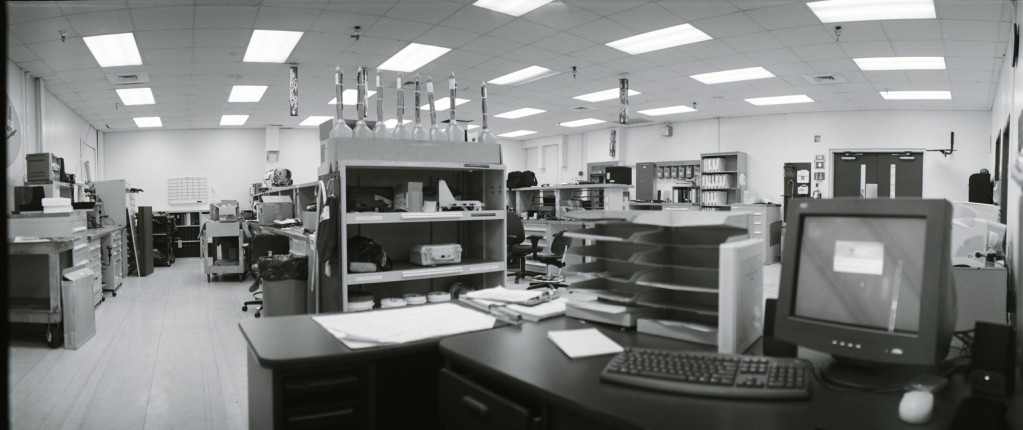
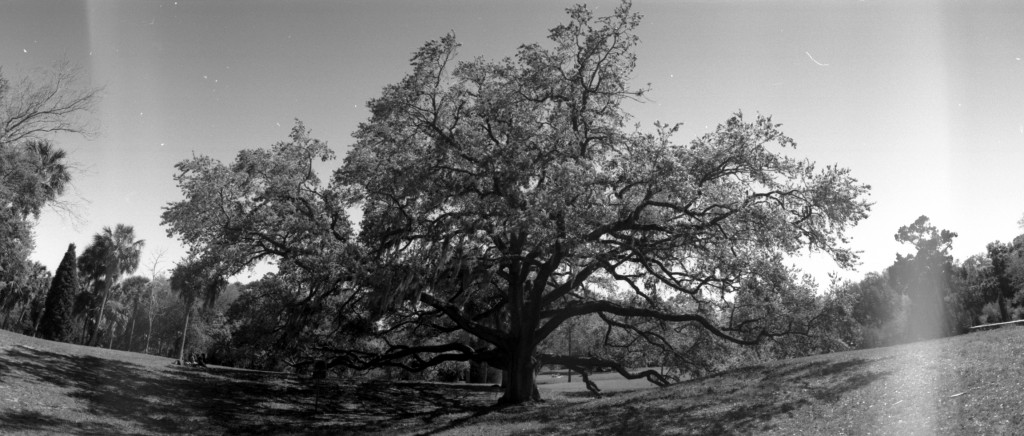
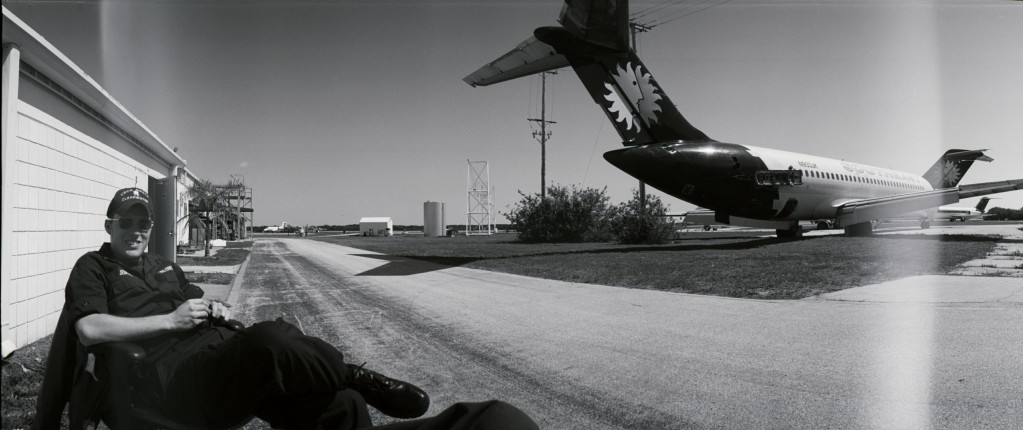
Other Stuff
Recent Posts
Archives
- May 2019 (2)
- April 2017 (3)
- October 2015 (1)
- May 2015 (1)
- March 2014 (2)
- December 2013 (1)
- July 2013 (1)
- November 2012 (1)
- October 2012 (4)
- September 2012 (1)
- August 2012 (3)
- June 2012 (1)
- March 2012 (1)
- February 2012 (1)
- January 2012 (1)
- October 2011 (3)
- July 2011 (1)
- June 2011 (3)
- May 2011 (2)
- April 2011 (1)
- December 2010 (1)
- August 2010 (1)
- July 2010 (3)
- April 2010 (2)
- March 2010 (2)
- January 2010 (2)
- December 2009 (2)
- October 2009 (2)
- September 2009 (1)
- August 2009 (15)
